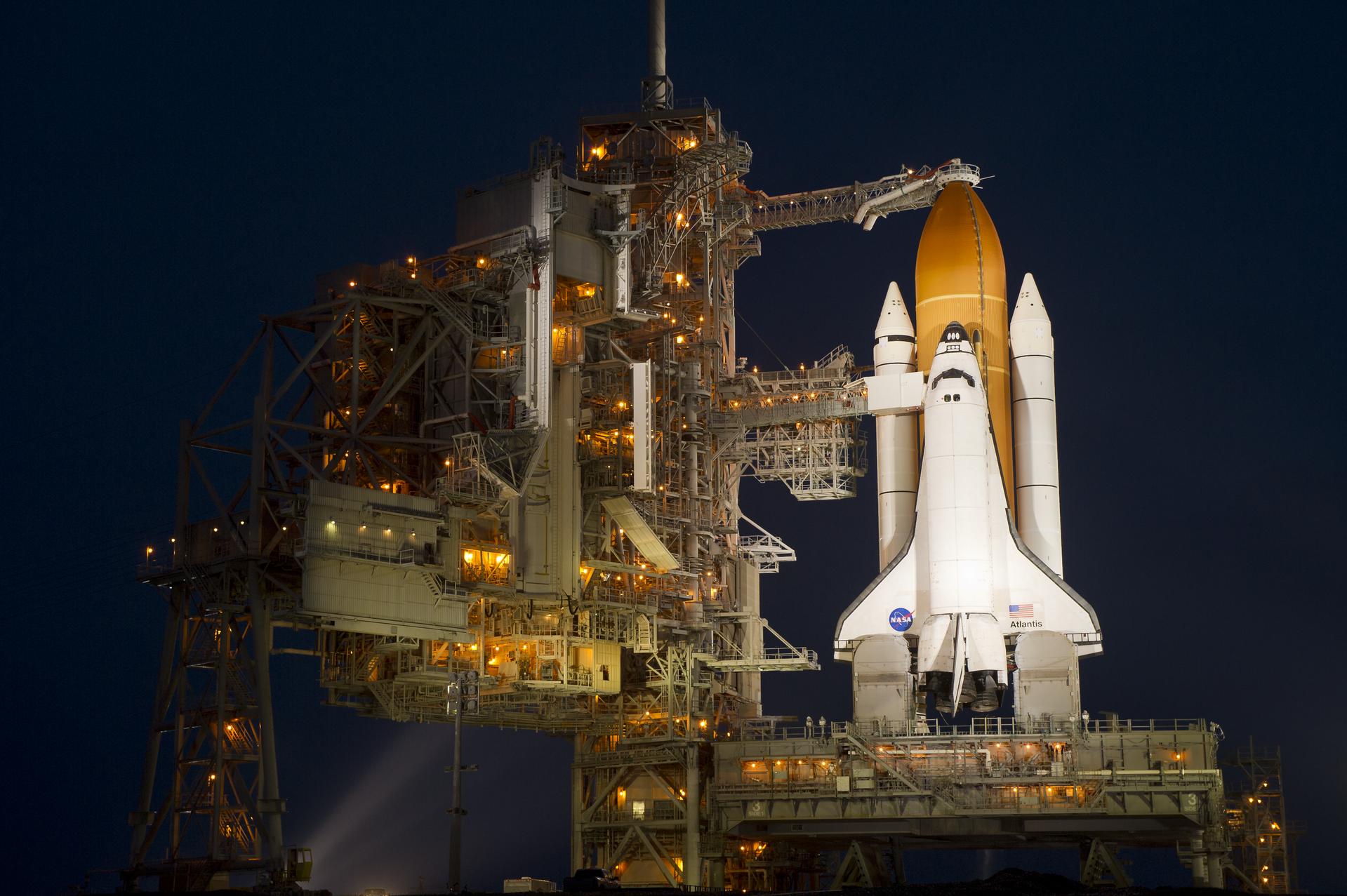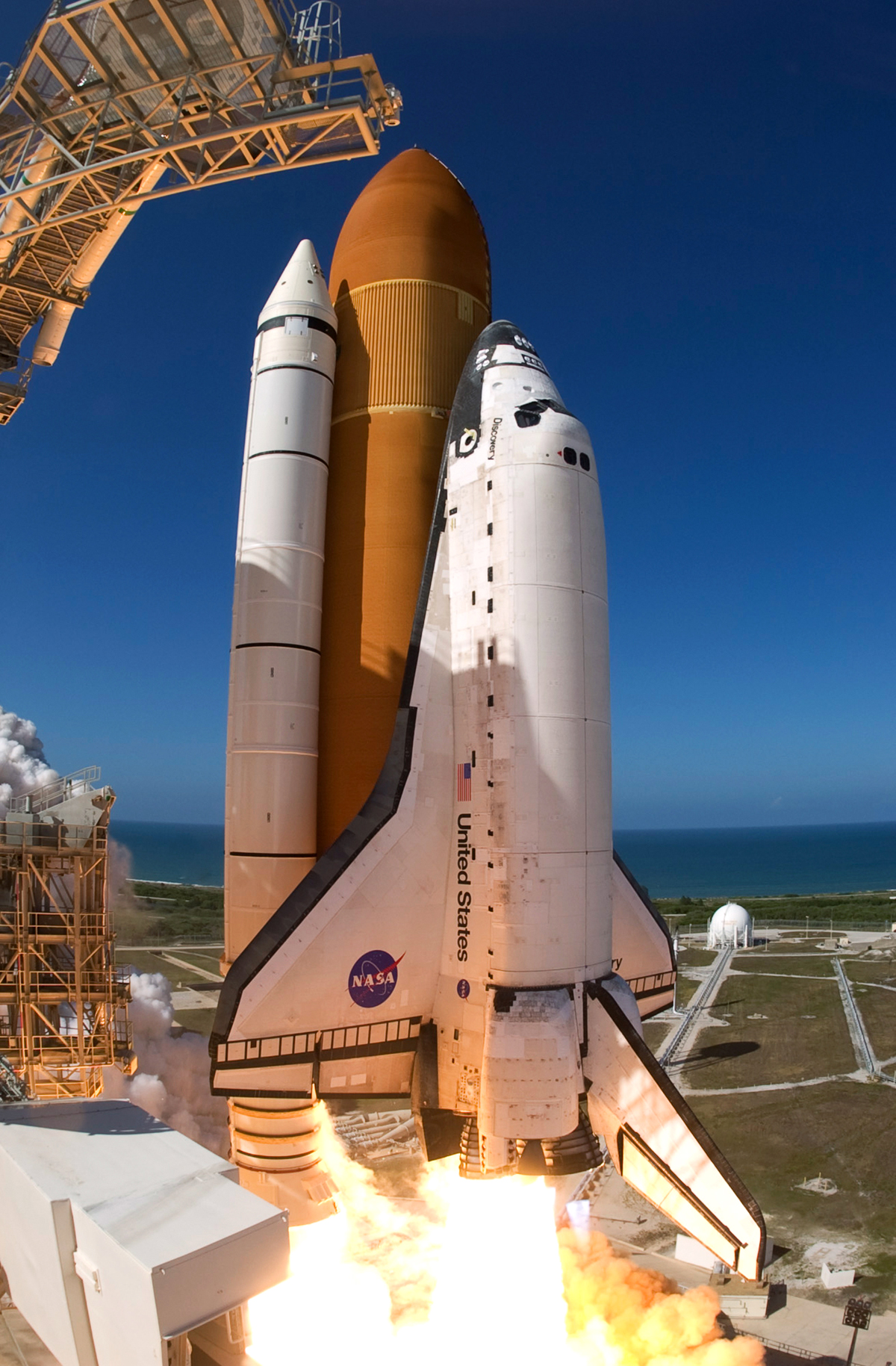

It makes sense, then, that NASA might also consider collaborating with private companies to address Hubble’s needs, too. Boeing, meanwhile, also recently completed its first successful cargo delivery mission to the ISS. SpaceX has been ferrying cargo to the International Space Station (ISS) since 2012 in 2020, the company also began transporting crew members to the ISS. Instead of ferrying crews and supplies itself, the space agency has turned to private companies like SpaceX to carry out those tasks. In 2011, however, NASA shuttered its space shuttle program. Since then, the space-based observatory has dropped about 20 miles. The space shuttle Atlantis paid the most recent visit to the telescope in 2009, when it boosted Hubble to an altitude of 350 miles.
#Nasa space shuttle photo update#
Since it orbits above the Earth’s atmosphere, Hubble’s view is largely free from distortions such as light pollution and rain clouds.Īstronauts have made five separate trips to the telescope to replace and update its parts, make repairs and boost it to higher altitudes. In the more than 30 years since, Hubble has made 1.5 million observations of planets, galaxies, distant stars and many other celestial bodies, per NASA. Named for astronomer Edwin Hubble, the large telescope was launched on April 24, 1990, with help from the space shuttle Discovery. And, the space agency reiterated, there are no plans to “conduct or fund a servicing mission or complete this opportunity the study is designed to help the agency understand the commercial possibilities.” NASA also pointed out that the study is not exclusive, meaning that other private companies can also propose similar ideas using their own spacecraft or rockets. The study will not cost the government any money, per a statement from NASA. “We’re looking at crazy ideas all the time. “It’s wholly appropriate for us to look at this because of the tremendous value this research asset has for us, as well as others,” said Thomas Zurbuchen, associate administrator of NASA’s Science Mission Directorate, at a press conference last week, as reported by Gizmodo’s Passant Rabie. So naturally, NASA wants to extend its life. The James Webb Space Telescope-launched in December by NASA, the European Space Agency and the Canadian Space Agency-is larger and more powerful than Hubble. But the original space telescope is still capturing the universe in high detail, providing astronomers with valuable insights. Kober (NASA Goddard/Catholic University of America) Foley (University of California - Santa Cruz) Image processing: G. They’ll also study whether it makes sense to send a crew aboard Dragon, which can hold seven people, to help service the aging observatory.Ī recent Hubble Space Telescope image of the galaxy NGC 1961Ĭourtesy of NASA, ESA, J.

As part of the six-month investigation, scientists will examine whether SpaceX’s Dragon spacecraft could help lift Hubble’s orbit, potentially docking with the telescope, in an attempt to prolong its life. That’s an idea that NASA and Elon Musk’s SpaceX are exploring through a joint study they launched last week.įor now, the space agency and the private company are simply considering whether a partnership to raise Hubble to a more stable orbit makes sense. And, by some time in the mid- to late 2030s, it could drop so much that it re-enters Earth’s atmosphere.īut-just maybe-someone or something could help give it a boost back up to its initial altitude of 373 miles.

The 32-year-old Hubble Space Telescope isn’t likely to fall out of the sky any time soon, but the high-tech device is slowly losing altitude because of normal atmospheric drag.


 0 kommentar(er)
0 kommentar(er)
